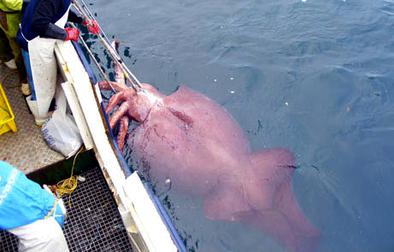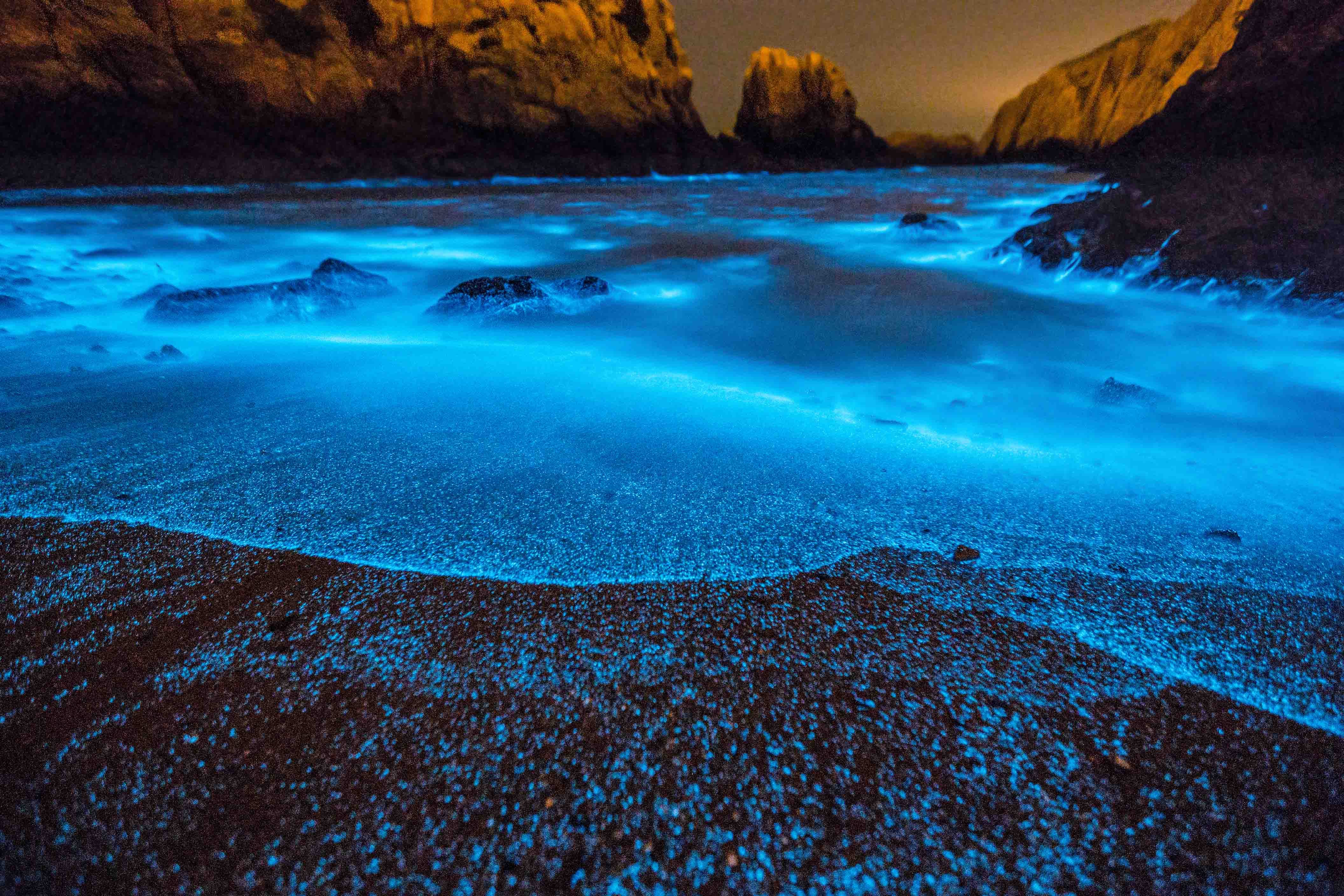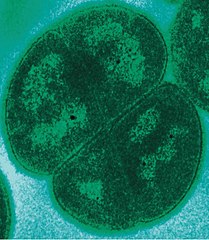-
Rats love to drive little cars according to University of Richmond's Professor of Behavioral Neuroscience Kelly Lambert: "We crafted our first rodent car from a plastic cereal container. After trial and error, my colleagues and I found that rats could learn to drive forward by grasping a small wire that acted like a gas pedal. Before long, they were steering with surprising precision to reach a Froot Loop treat. ... Rats will choose to take a longer route if it means they get to enjoy the ride to their destination ... Unexpectedly, we found that the rats had an intense motivation for their driving training, often jumping into the car and revving the “lever engine” before their vehicle hit the road. ... [These and other observations] suggests that the rats enjoy both the journey and the rewarding destination."
- Rat owners elsewhere replicated this finding by giving similar little cars to their own pet rats, and uploading videos of it to the internet:
- Exploding animals: "Natural explosions can occur for a variety of reasons. Post-mortem explosions, like that of a beached whale, are the result of the build-up of natural gases created by methane-producing bacteria inside the carcass during the decomposition process. Natural explosions which occur while an animal is living may be defense-related. A number of toads in Germany and Denmark exploded in April 2005."
- Carcinisation: an example of convergent evolution in which a crustacean evolves into a crab-like form from a non-crab-like form. The term was introduced into evolutionary biology by L. A. Borradaile, who described it as "one of the many attempts of Nature to evolve a crab"
- Some jellyfish are immortal, some bioluminescent


-
Gigantism
- Island gigantism
-
Deep-sea gigantism
- Giant Squid: Compared to Colossal squid, Giants squid are longer (because of their longer tentacles), but lighter. Inhabits all oceans, but frequents the North Atlantic; Avoids tropical & polar climates.
-
Colossal squid:
Compared to Giant Squid, Colossal Squid are heavier, but shorter. Inhabits only the Southern Ocean.

- Bigfin Squid
- Gigantic octopus
-
Mammoth,
& Woolly mammoth
- Revival of the woolly mammoth
- Waco Mammoth National Monument
- 13 mammoth facts
- Humans hunted mammoths
- ~50% of the ivory sold in China is mammoth ivory
- Mammoths were alive when the Egyptian pyramids were completed, and for another ~1000 years.
-
Photo of an awe-inspiringly enormous pile of American Bison skulls to be used as fertilizer
The American Bison was brought near to extinction, partially caused by their skulls (all bones?) being a great fertilizer. Bison (as a species) have since recovered.

-
"Blue Tears" bioluminescent algae in the East Asian Sea:
Toxic but awe-inspiring Dinoflagellates.

-
Wolves living in the Chernobyl Exclusion Zone (where humans are forbidden due to deadly radiation) have evolved resistance to cancer after ~15 generations
(likewise for dogs) -
Vampire bats drink blood; Sometimes human blood.

- Mealworms can digest one of the most widely used plastics "polystyrene" into organic matter.
- Koko the Gorilla:
An abnormally intelligent gorilla.
"The Gorilla Foundation" has a great write-up
of how they teach sign-language and other means of communication
to gorillas. Though they've never asked questions to humans.

- Abnormally intelligent parrots that have asked questions to humans include
Alex
and Apollo.

- microscopic extremophiles
-
Deinococcus radiodurans:
The world's toughest known bacterium. Highly resistant to radiation, can be found in harsh desert environments,
can survive in outer space for >=3 years, can survive cold, dehydration, vacuum, and acid.

-
Thermococcus gammatolerans:
Found in hydrothermal vents at 70–95 °C, this organism can survive 3000 times the radiation that would kill a human.

-
Deinococcus radiodurans:
The world's toughest known bacterium. Highly resistant to radiation, can be found in harsh desert environments,
can survive in outer space for >=3 years, can survive cold, dehydration, vacuum, and acid.
Image credits
- Image Deinococcus radiodurans by US Department of Energy under public domain.
- Image Thermococcus gammatolerans by Angels Tapias and Microscopist Jeril under license CC BY 3.0.
- Photo Purple Jellyfish by Derek Keats under license CC BY-SA 2.0
- Photo Red Jellyfish by The USA's National Oceanic and Atmospheric Administration (NOAA)'s office of Ocean Exploration under license CC BY-SA 2.0
- Image Mammoths & Pyramids by Robert Johnson/Business Insider and Wikimedia Commons.
- Photo Wolf by Gunnar Ries under license CC BY-SA 2.5
- Photo Vampire-bat by Uwe Schmidt under license CC BY-SA 4.0
- Photo "Blue Tears" by Yu-Xian Yang, Lienchiang county government, Taiwan
- Photo Colossal squid by New Zealand Ministry of Fisheries used under fair-use.
- Image Bison Skulls is public domain.
- Photo Koko the Gorilla by Ron Cohn of the Gorilla Foundation under fair use.
- Photo Apollo the Parrot by Victoria (Tori) Lacey and Dalton Mason under license CC BY-SA 4.0



